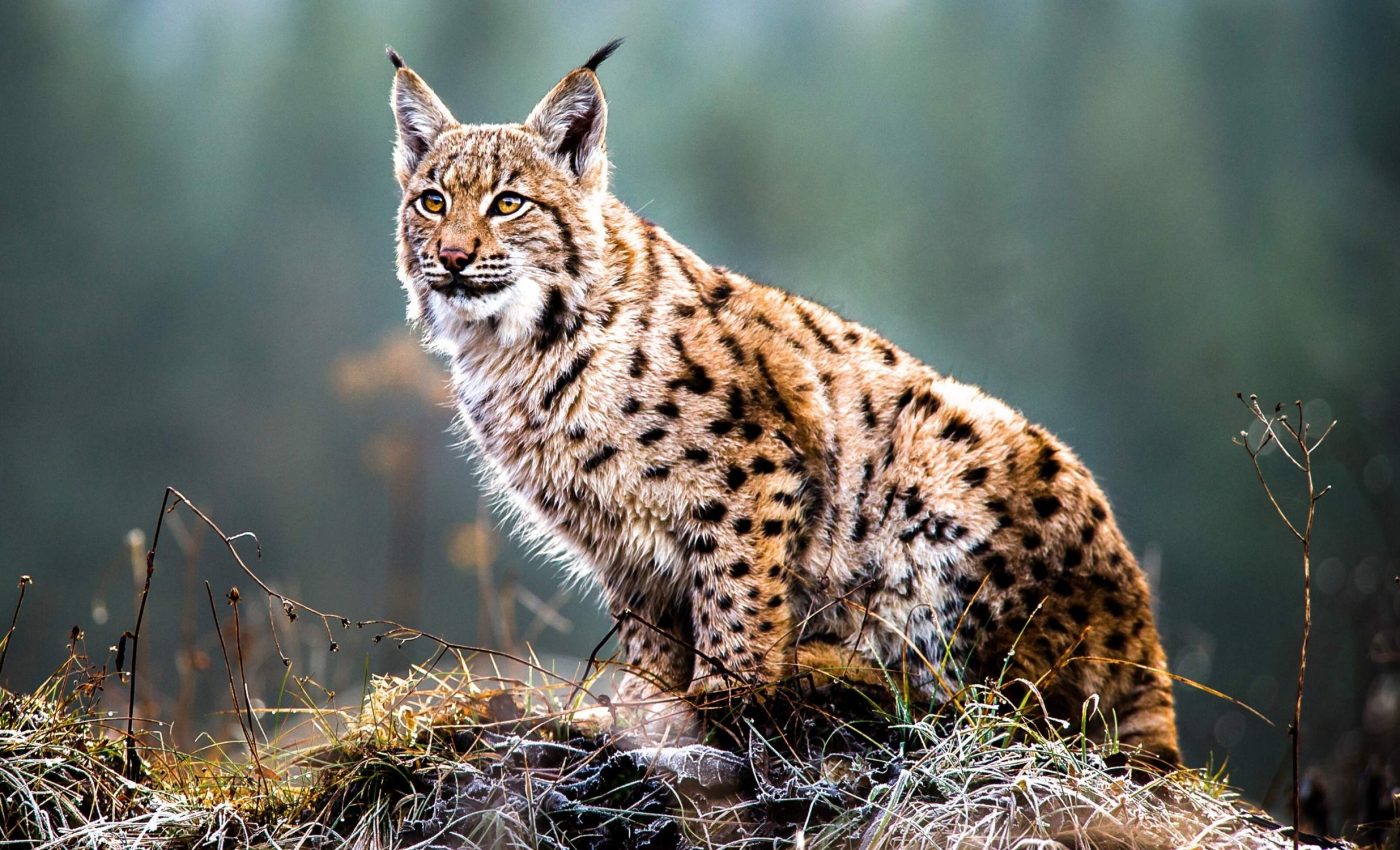
International Lynx Day 2025: Protecting the silent hunters of the forest
Each year on June 11, the world turns its attention to a quiet predator. International Lynx Day celebrates the mysterious and solitary lynx, one of the forest’s most skilled hunters.
In 2025, the event serves as both a tribute and a call to action. The lynx may seem invisible in the wild, but their presence shapes entire ecosystems.
This day reminds us of the delicate balance between nature and human development. It invites reflection, education, and renewed commitment to preserving the species. As pressures on forests intensify, the lynx remains a symbol of resilience, solitude, and environmental health.
A closer look at the lynx family
The lynx belongs to a small but mighty group within the cat family. There are four distinct species: the Eurasian lynx, the Canada lynx, the Iberian lynx, and the bobcat.
All share tufted ears, large paws, and a taste for stealth. These animals live across varied landscapes, from snowy boreal forests to rugged Mediterranean terrain.
The Eurasian lynx is the largest, thriving in pockets across Europe and Asia. The Canada lynx, adapted for deep snow, follows the snowshoe hare’s cycle.
The Iberian lynx, once the most endangered feline in the world, roams the Iberian Peninsula. The bobcat, North America’s smallest lynx species, is widespread but often misunderstood.
Each lynx plays a vital ecological role. They keep prey populations in check, maintain healthy forests, and support biodiversity. However, despite their adaptability, these animals face rising threats that challenge their survival across the globe.
Dramatic recovery of the Iberian lynx
Of all the lynx species, the Iberian lynx’s comeback is the most dramatic. In the early 2000s, fewer than 100 individuals remained in the wild. Conservationists feared extinction. Then came a surge of action: breeding programs, habitat protection, and public awareness campaigns.
Today, there are over 2,000 Iberian lynx roaming free. The species has moved from “Critically Endangered” to “Endangered” on the IUCN Red List. “This is one of the greatest conservation success stories of the 21st century,” said Miguel Ángel Simón, a leading lynx conservationist in Spain.
Despite this progress, dangers persist. Lynx often fall victim to vehicle collisions. Encroaching development fragments their habitat.
Conservation groups warn that if momentum slows, the population could stall or reverse. Continued protection, monitoring, and expansion of territory remain critical for the Iberian lynx to thrive long term.
Habitat fragmentation: A shared threat
All lynx species depend on large, connected forests. When these habitats become isolated, their survival grows uncertain. Roads, farms, and fences block their natural movement. This not only leads to accidents but also weakens genetic diversity through inbreeding.
In Europe, rewilding efforts have reintroduced lynx to places like the Alps, Jura Mountains, and parts of the Balkans. These animals show strong adaptability when given the space. Yet gaps remain. Connectivity between territories is often poor.
In North America, especially Canada, logging and climate change impact the snowshoe hare. With their main prey in decline, lynx populations also suffer. Meanwhile, bobcats, though more resilient, struggle with suburban expansion and reduced prey.
Conservationists argue that saving lynx means more than protecting forest patches. It requires landscape-scale planning and collaboration across borders and communities.
Honoring International Lynx Day
This year’s International Lynx Day pushes for deeper thinking about conservation. It emphasizes both physical and emotional ties. Forests must be reconnected through wildlife corridors. But people also need to reconnect with nature and with each other.
Wildlife crossings such as green bridges and tunnels are gaining popularity. These help lynx cross busy roads without risk. Forest buffers between farms and wild zones also create safe paths. Some regions in Germany and Switzerland have already seen benefits from such solutions.
Public engagement forms the heart of these efforts. Many communities hold nature walks, host talks, and run school programs during International Lynx Day. Young people, in particular, are seen as crucial allies.
Public perception and coexistence
Living alongside lynx is not always easy. In some regions, livestock predation fuels resentment. Hunters sometimes see lynx as competition. But research shows that these conflicts often come from misunderstanding.
Lynx are shy and rarely seen. They prefer deer or hares to sheep or goats. Many attacks on livestock are wrongly blamed on them.
Education and compensation schemes have helped reduce these tensions. In Portugal and Spain, coexistence training has made local farmers more willing to support lynx programs.
Art, film, and storytelling also help reshape public perception. The cultural approaches, when combined with scientific ones, create lasting change.
Take action on International Lynx Day
The lynx does not demand loud attention. It walks quietly, blends in, and keeps to itself. But its survival depends on our willingness to act. International Lynx Day challenges individuals and governments alike.
You do not need to see a lynx in the wild to help. By protecting forests, supporting conservation groups, and spreading awareness, you contribute to their survival. Every tree preserved, every corridor built, and every child educated brings the lynx closer to safety
Let this year’s celebration be more than symbolic. Let it be a turning point where connection becomes action and the silent footsteps of the lynx continue to echo through the forests for generations to come.
—–
Like what you read? Subscribe to our newsletter for engaging articles, exclusive content, and the latest updates.
Check us out on EarthSnap, a free app brought to you by Eric Ralls and Earth.com.
—–













